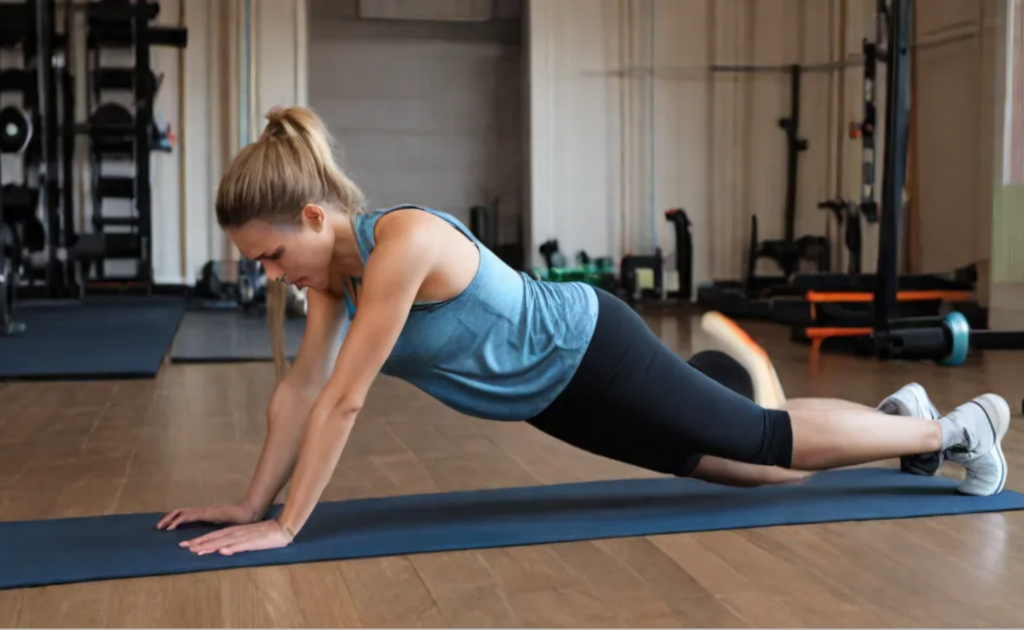Ready to jumpstart your fitness journey? Skipping, often underestimated, is a dynamic cardiovascular workout that can elevate your heart rate, tone your muscles, and improve your coordination. Whether you’re a seasoned athlete or a novice, this comprehensive guide will equip you with the essential tips to start skipping and maximize its benefits.
The Science Behind the Skip
Skipping is a full-body workout that engages multiple muscle groups. As you jump, your calves, quadriceps, and hamstrings work to propel your body upward. Your core muscles stabilize your body, while your shoulders and arms coordinate the rotation of the rope.
The cardiovascular benefits of skipping are undeniable:
- Increased Heart Rate: Skipping elevates your heart rate, strengthening your cardiovascular system.
- Improved Lung Capacity: As your heart pumps faster, your lungs work harder to supply oxygen to your muscles.
- Boosted Metabolism: Regular skipping can help boost your metabolism, leading to increased calorie burn.
Gear Up, Gear On
Before you leap into action, ensure you have the right gear. Invest in a good quality skipping rope. The length should be ideal for your height. Stand on the rope’s middle, and adjust it so the handles reach your armpits. Now, you’re ready to take your first jump.
Mastering the Basics
Start with the fundamental technique:
- Proper Posture: Stand tall, feet hip-width apart, and engage your core.
- Wrist Movement: The wrist, not the arms, should do most of the work.
- Footwork: Keep your feet together or slightly apart, landing softly on the balls of your feet.
- Rhythm: Maintain a steady rhythm, coordinating your jumps with the rope’s rotation.
Building Endurance
Beginners should aim for 10-15 minutes of skipping per day. Gradually increase the duration as your fitness improves. Remember, consistency is key. Incorporate skipping into your daily routine, whether it’s a quick morning session or an evening workout.
Tips to Enhance Your Skipping Experience
- Variety is the Spice: Experiment with different skipping styles, such as high knees, side swings, and double-unders.
- Listen to Your Body: If you experience any pain, take a break.
- Stay Hydrated: Drink plenty of water, especially during intense workouts.
- Find a Buddy: Skipping with a friend can make the experience more enjoyable.
- Warm-up and Cool-down: Before starting, warm up with light cardio and stretching. After your workout, cool down with gentle stretches to prevent muscle soreness.
Incorporating Skipping into Your Fitness Routine
Skipping can be a standalone workout or a valuable addition to your existing fitness regimen. Here are some ideas to incorporate skipping into your routine:
- Warm-up: Start your workout with a few minutes of skipping to elevate your heart rate and prepare your muscles.
- Cardio Blast: Dedicate a specific day to a high-intensity skipping workout, alternating between different skipping styles and speeds.
- Circuit Training: Incorporate skipping into circuit training routines to increase the intensity and calorie burn.
- Cool-down: End your workout with a few minutes of skipping to help your body recover and reduce muscle soreness.
Common Mistakes to Avoid
As you embark on your skipping journey, be mindful of these common mistakes:
- Poor Posture: Slouching can lead to back pain and hinder your performance.
- Excessive Arm Movement: Overusing your arms can tire you out quickly and disrupt your rhythm.
- Incorrect Footwork: Landing on your heels can put stress on your joints.
- Neglecting Warm-up and Cool-down: Skipping these essential steps can increase your risk of injury.
Overcoming Challenges and Staying Motivated
Like any new physical activity, you may encounter challenges along the way. Here are some tips to overcome obstacles and stay motivated:
- Start Slowly: Begin with short, manageable sessions and gradually increase the duration and intensity.
- Set Realistic Goals: Break down your goals into smaller, achievable steps.
- Find a Supportive Community: Join a skipping club or connect with other skipping enthusiasts for motivation and encouragement.
- Track Your Progress: Keep a journal to monitor your improvement and celebrate your achievements.
- Mix It Up: Incorporate different skipping styles and exercises to prevent boredom.
- Reward Yourself: Celebrate your milestones with small rewards, such as a new skipping rope or a healthy treat.
Conclusion of skipping
Skipping, a simple yet effective exercise, offers a multitude of benefits. It’s a fantastic way to boost cardiovascular health, improve coordination, and burn calories. By following the tips outlined in this guide, you can seamlessly incorporate skipping into your fitness routine and reap its rewards.
So, what are you waiting for? Grab your skipping rope and start hopping your way to a healthier, fitter you!
FAQ’s
Q: Can skipping help me lose weight? A: Absolutely! Skipping is a calorie-burning exercise that can aid in weight loss when combined with a balanced diet.
Q: Is skipping suitable for all ages? A: Yes, skipping can be enjoyed by people of all ages, from children to adults.
Q: How often should I skip? A: Aim for 3-4 days of skipping per week.
Q: What are the benefits of skipping? A: Skipping offers numerous benefits, including improved cardiovascular health, increased bone density, enhanced coordination, and stress relief.
Q: How can I improve my skipping technique? A: Practice regularly, watch instructional videos, and seek feedback from experienced skippers.
Q: Can I skip indoors? A: Yes, you can skip indoors on a soft surface like a carpet or a gym mat.
Q: What are some common mistakes to avoid when skipping? A: Slouching, excessive arm movement, incorrect footwork, and neglecting warm-up and cool-down are common mistakes to avoid.
Q: How can I stay motivated to keep skipping? A: Set realistic goals, find a skipping buddy, track your progress, and reward yourself for your achievements.









